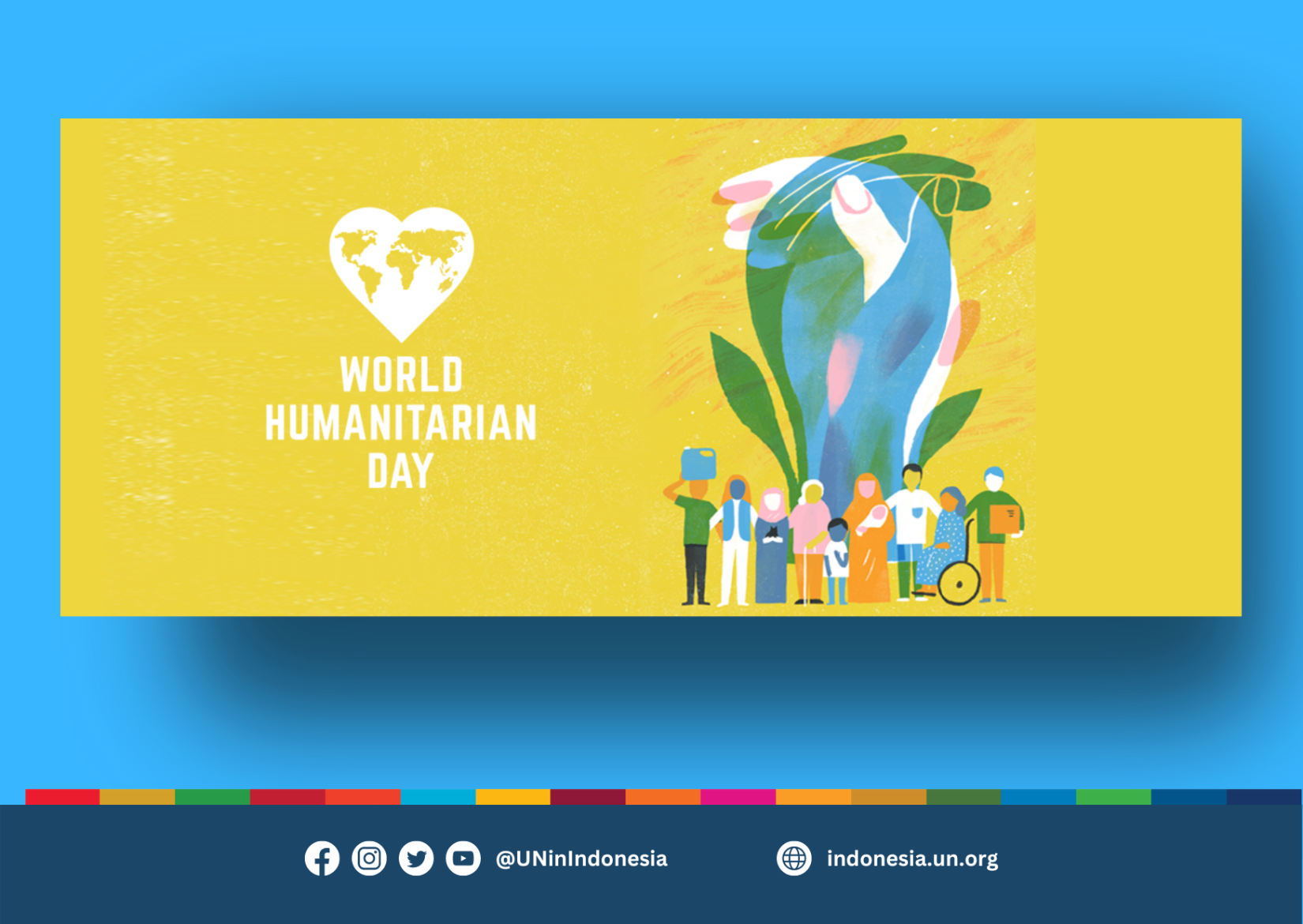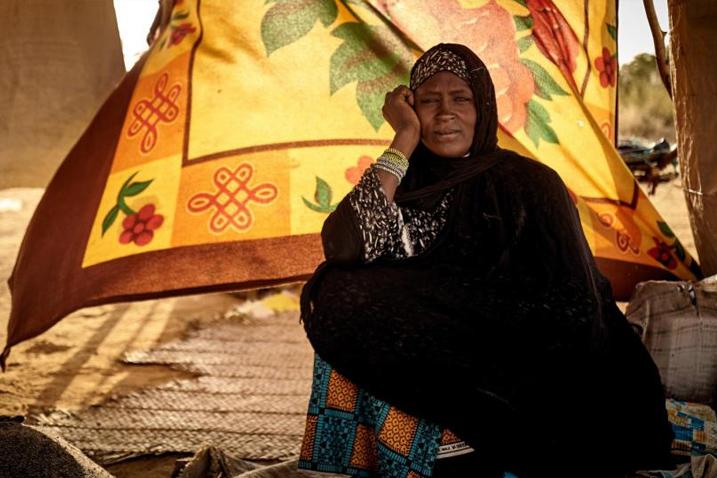
World Humanitarian Day - 19 August
It takes a village
There is a saying that goes: It takes a village to raise a child. Similarly, it takes a village to support a person in a humanitarian crisis. With record-high humanitarian needs around the world, this year’s World Humanitarian Day (WHD) builds on this metaphor of collective endeavour to grow global appreciation of humanitarian work
Whenever and wherever people are in need, there are others who help them. They are the affected people themselves – always first to respond when disaster strikes – and a global community that supports them as they recover. Far from the spotlight and out of the headlines, they come together to ease suffering and bring hope.
The WHD campaign shines a light on the thousands of volunteers, professionals and crisis-affected people who deliver urgent health care, shelter, food, protection, water and much more.
For this year’s WHD, we will use digital art to tell the stories of people in need and those who help them. At the centre of the campaign is a series of beautifully illustrated aid worker profiles that show the breadth and depth of humanitarian work and collectively symbolize the wider humanitarian village.
Background
On 19 August 2003, a bomb attack on the Canal Hotel in Baghdad, Iraq, killed 22 humanitarian aid workers, including the UN Special Representative of the Secretary-General for Iraq, Sergio Vieira de Mello. Five years later, the United Nations General Assembly adopted a resolution designating 19 August as World Humanitarian Day (WHD).
Each year, WHD focuses on a theme, bringing together partners from across the humanitarian system to advocate for the survival, well-being and dignity of people affected by crises, and for the safety and security of aid workers.
For this year’s WHD, we show the importance, effectiveness and positive impact of humanitarian work.
WHD is a campaign by the United Nations Office for the Coordination of Humanitarian Affairs (OCHA).
Facts & Figures
- In 2021, 460 aid workers were attacked: 140 killed, 203 wounded and 117 kidnapped.
- Of the aid workers who died, 98% were national staff and 2% were international (expatriate) staff - more than half (53%) were staff of national NGOs.
- Most of the violence took place in South Sudan, Afghanistan and Syria.
- Casualties are expected to rise significantly in 2022 due to the war in Ukraine, where rocket attacks and shelling threaten civilians and aid providers equally.
- The 2021 Humanitarian Needs Overview estimated that 20.7 million (67% of the population) people need humanitarian assistance, 12.1 million of whom are estimated to be in acute need, which makes Yemen the largest humanitarian crisis in the world.
Source: Statistics from Humanitarian Outcomes
Deliver Humanitarian Aid
One of the purposes of the United Nations, as stated in its Charter, is "to achieve international co-operation in solving international problems of an economic, social, cultural, or humanitarian character." The UN first did this in the aftermath of the Second World War on the devastated continent of Europe, which it helped to rebuild. The Organization is now relied upon by the international community to coordinate humanitarian relief operations due to natural and man-made disasters in areas beyond the relief capacity of national authorities alone.
Global Humanitarian Overview 2021
In 2021, 235 million people will need humanitarian assistance and protection. This number has risen to 1 in 33 people worldwide - a significant increase from 1 in 45 at the launch of the Global Humanitarian Overview 2020, which was already the highest figure in decades. The UN and partner organizations aim to assist 160 million people most in need across 56 countries and will require a total of $35 billion to do so.
Additional Resources
Documents
- Convention on the Safety of United Nations and Associated Personnel
- General Assembly resolution (A/RES/63/139) on Strengthening of the coordination of emergency humanitarian assistance of the United Nations (establishing World Humanitarian Day)
- General Assembly resolution on the Safety and security of humanitarian personnel and protection of United Nations personnel
- Report of the Secretary-General on the Safety and security of United Nations and associated personnel
- Human Security 2014-2017 Strategic Plan
Related websites
- Office for the Coordination of Humanitarian Affairs (OCHA)
- Delivering Humanitarian Aid
- Inter-Agency Standing Committee (IASC)
- UN World Food Programme (WFP)
- UN Refugee Agency (UNHCR)
- UN Children's Agency (UNICEF)
- World Health Organization (WHO)
- Remember the Fallen
- News related to Humanitarian Aid
This part of the article has been published in the United Nations' site in this link: https://www.un.org/en/observances/humanitarian-day.










